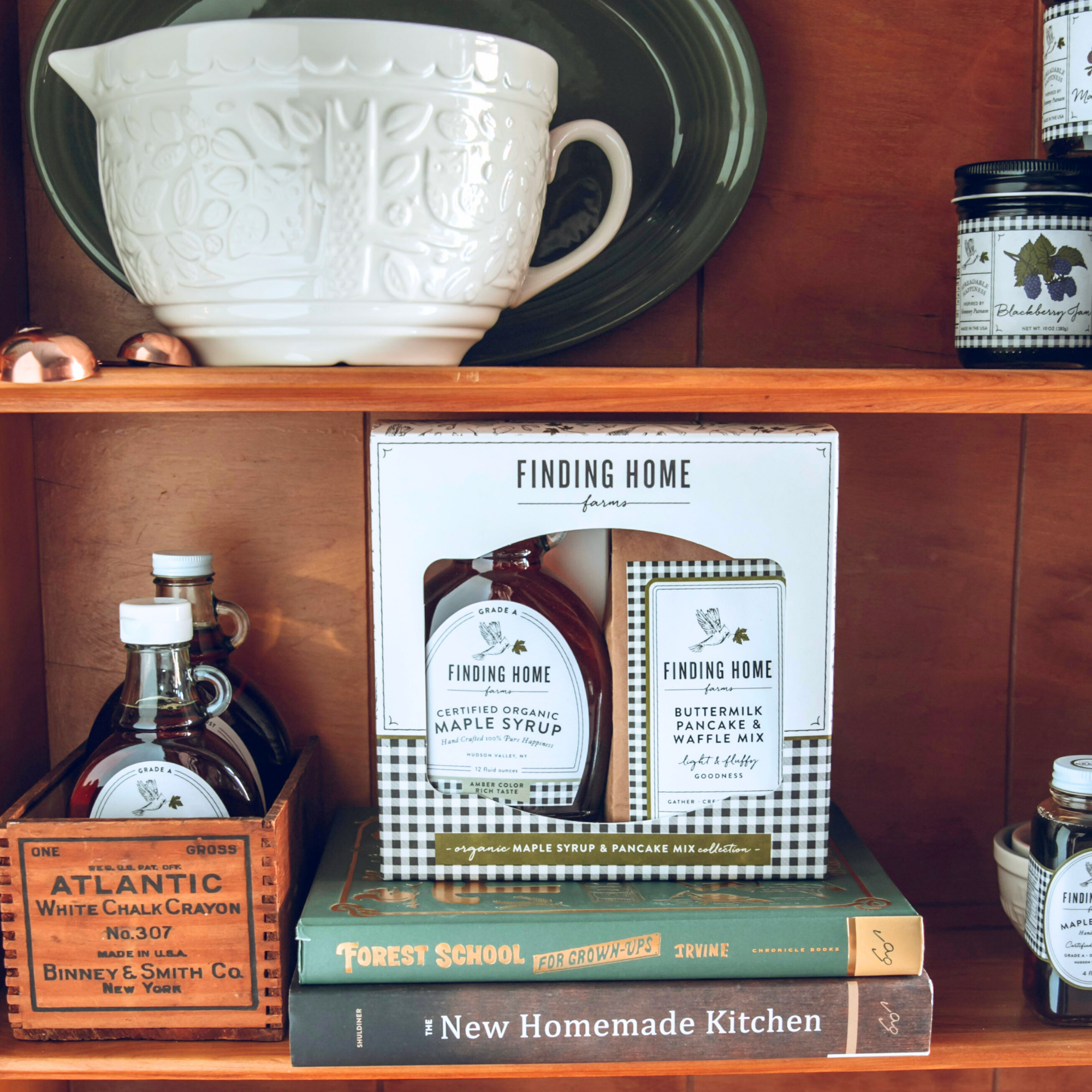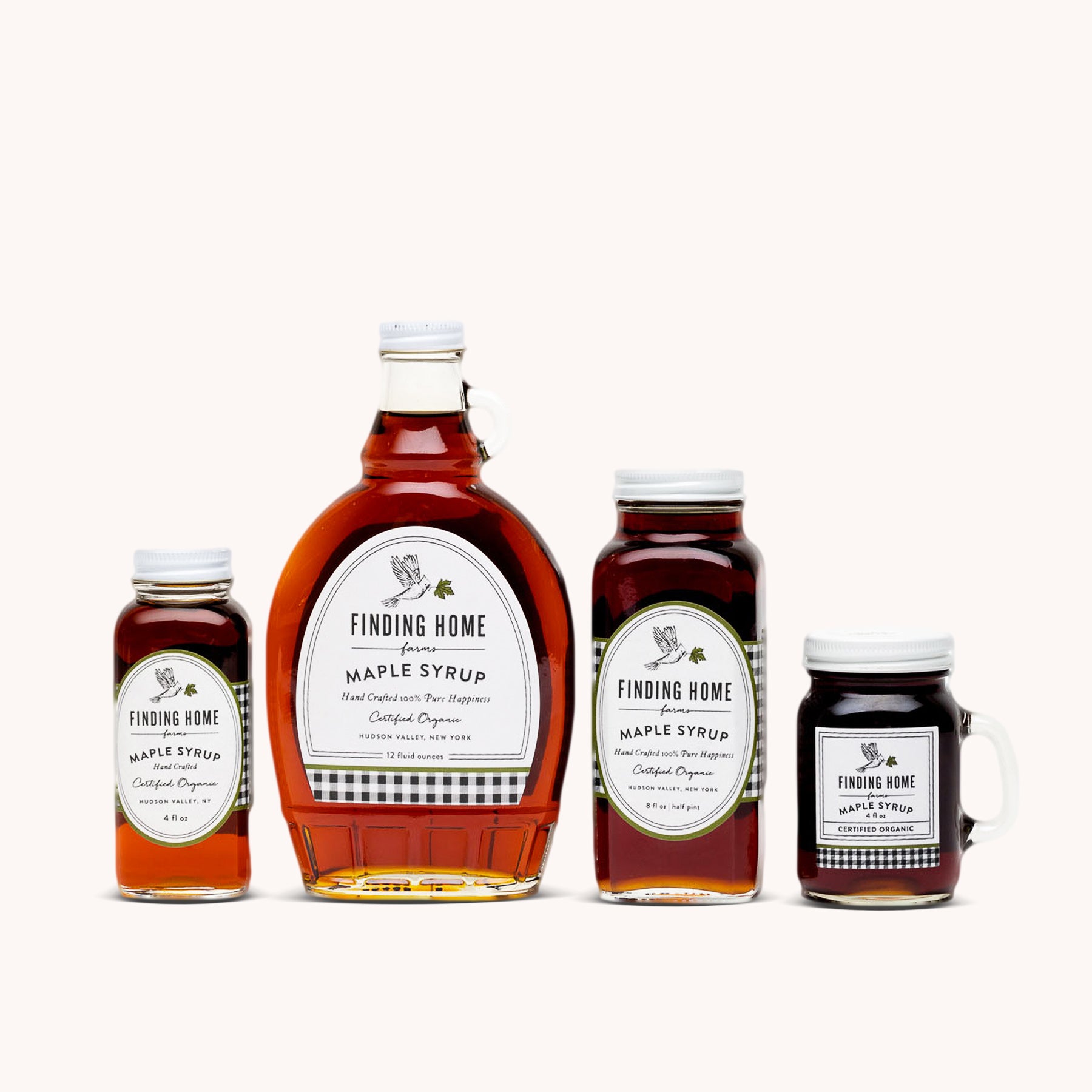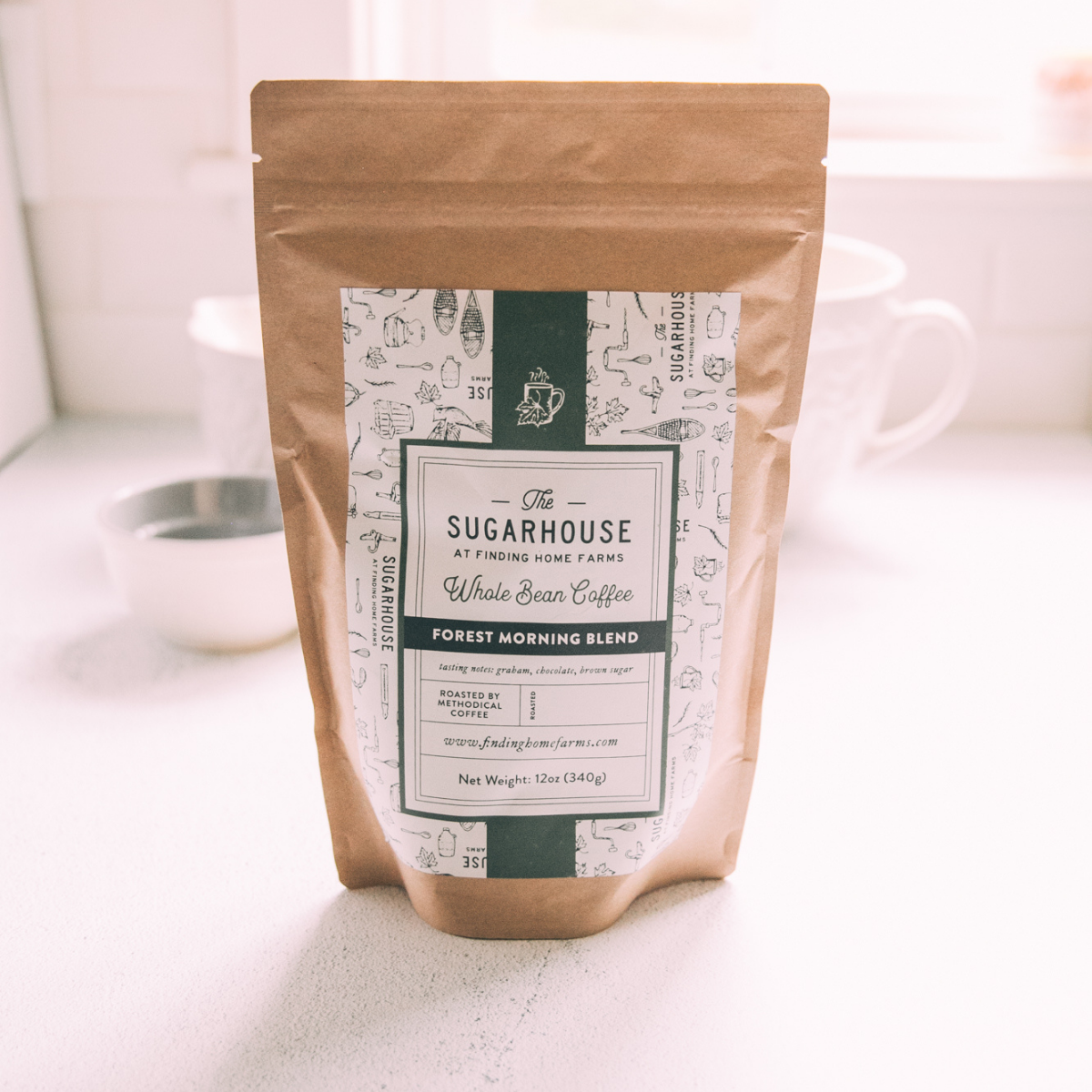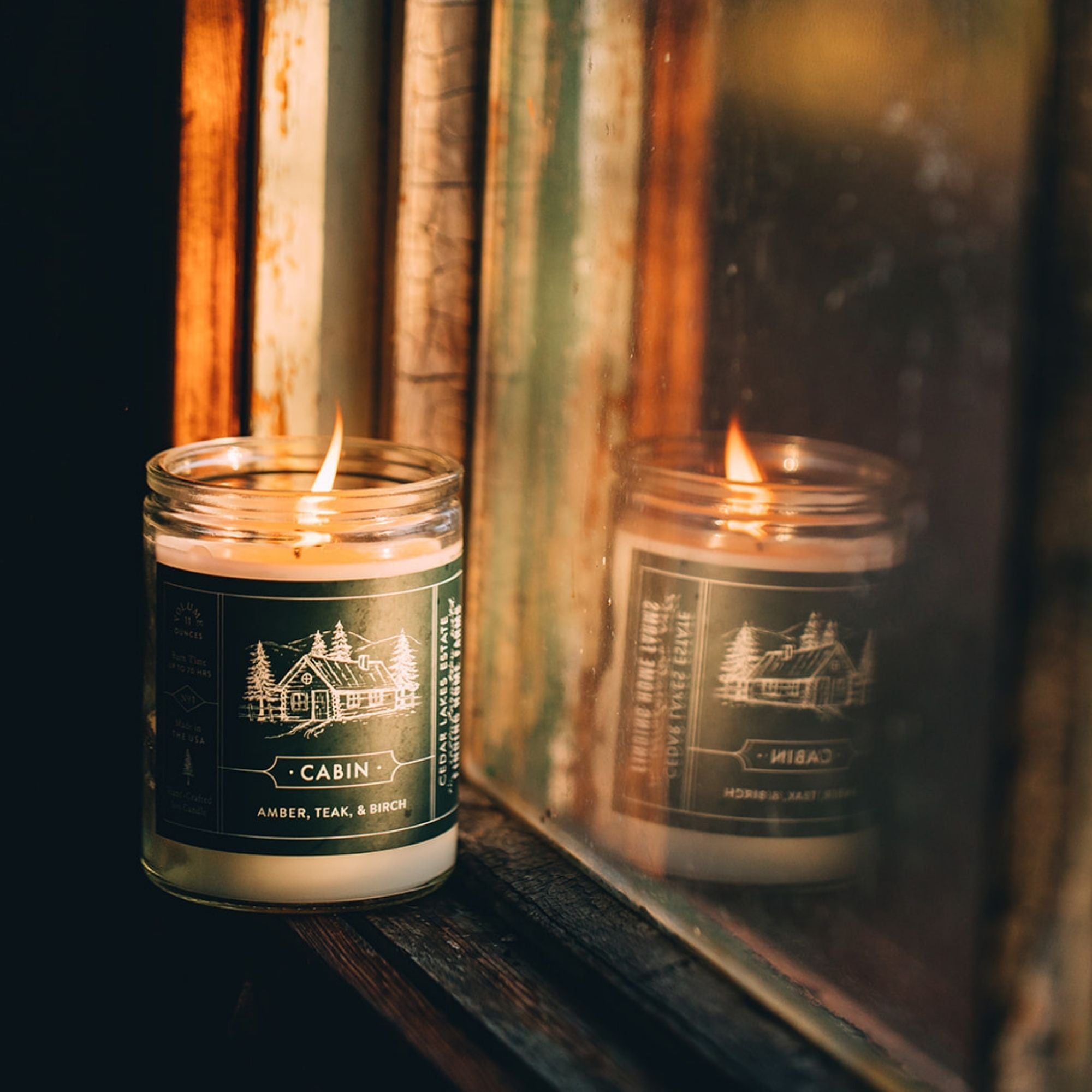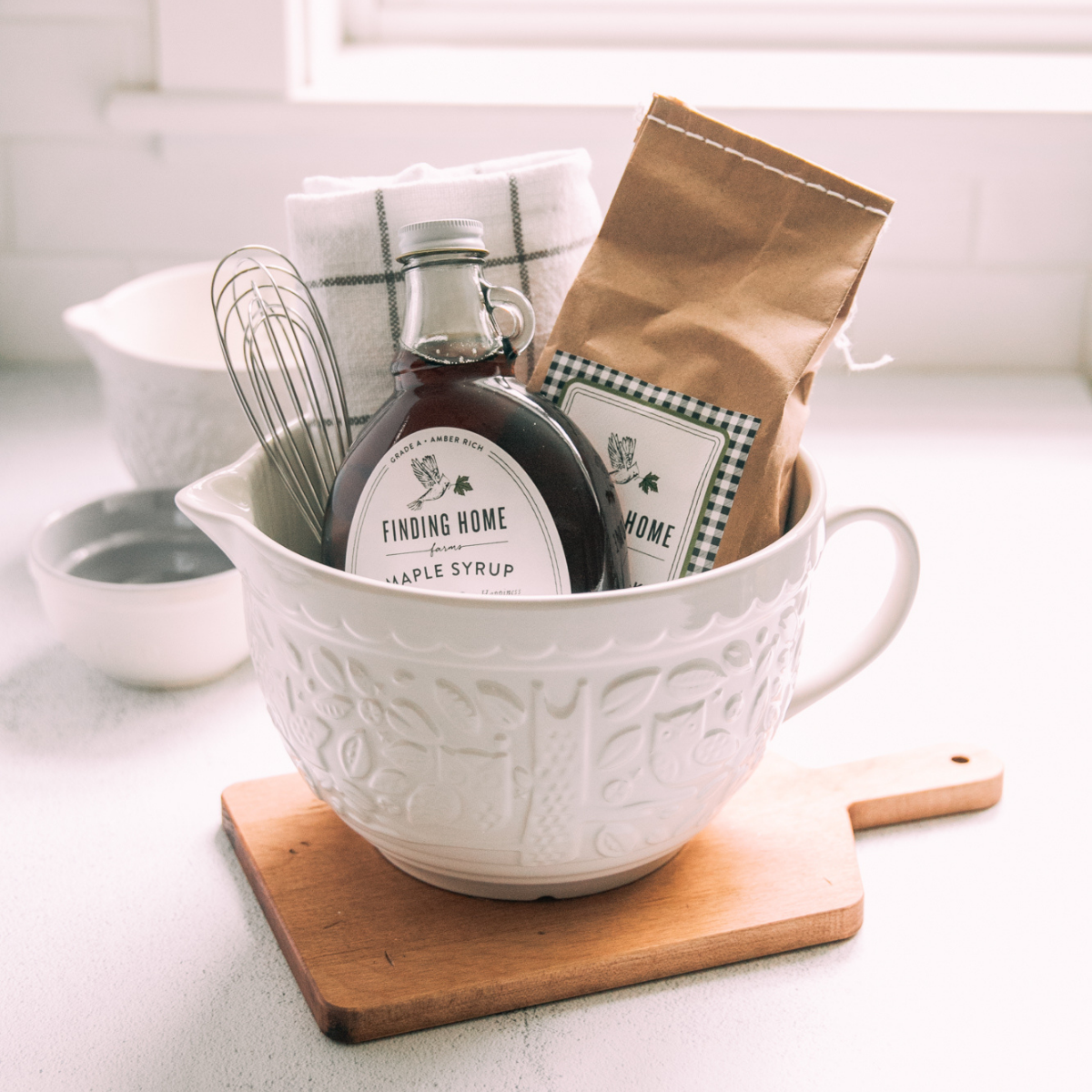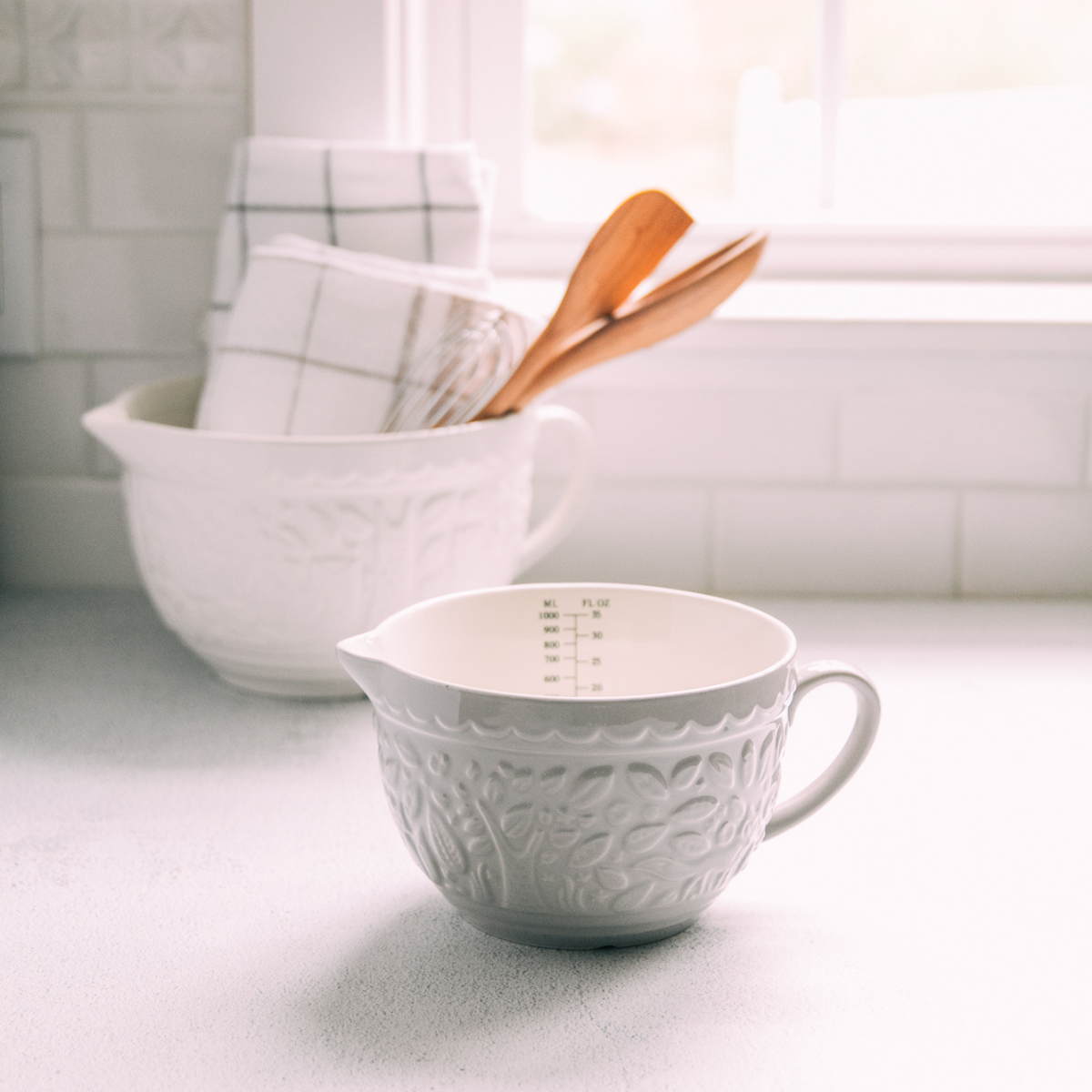Tips for Helping Your Kids Keep Their Rooms Organized
Today I wanted to share with you some thoughts about helping your kids keep their rooms organized.
This is my 13 year old daughter’s bedroom. We redid it about two years ago, and it still looks like this now.

Now, I am not going to mislead you, it doesn’t really look like this. Right now her bed is not made and she has stuff on top of the lockers and I am pretty sure there is laundry on the floor.
I am not talking about clean – you know the stuff, that if they took fifteen minutes, it would be all addressed. I am talking about keeping it organized so it is possible for them to catch up with the cleaning in around 15 minutes.
I shared with you last week how we recently did a major purge in my 11 year old’s room. This was a purge of epic proportions and it was hard.
Not to make excuses, but this wasn’t all her fault. When we redid the office last year, a lot of the extra furniture got put in her room. Space was tight. She had some bad habits – and it got bad. To the point where she asked for help.
We didn't set her up for success.
The highlight during all of that was that while my younger daughter and I were working on her room, my older daughter decided to get her room in shape as well. It made me realize that she knew something really important – she knew how to purge and she knew how to organize.
I began to realize that if I just used the same principals that I used with my older daughter, my younger daughter could figure out how to keep things in shape easier.
Sometimes it is hard to realize that it is something that should be taught.
I think there are two components to setting kids up for success in their rooms – first, it starts with setting up the room right and then it is the habits we teach them.
Here are some of the tricks we use to get and to keep their rooms organized.
Tip 1: Think Outside of Dressers
Consider options other than dressers. My kids struggle with keeping drawers organized. They go digging through for what they want and in the process pull everything else in the drawer apart.
One of the best decision we made was purchasing the white lockers from Ikea. They are four separate units. She uses two of them for clothes and two of them for “stuff”. They are also magnetic so she has magnetic hooks on the sides for belts and puts pictures, etc on the inside and a few on the inside.
Of course, lockers won’t work for everyone’s room. Closet units with shelves or an armoire are also an option for this. I think the key is to try options without drawers.
Tip 2: Use Containers and Bins – Even Inside Drawers and Shelves
Which brings me to my next point. One of the reason the lockers work is because she also has bins and boxes to keep things grouped together. She has purses in one, scarves, etc. It allows her to just pull out what she needs, find it and then put the bin back.
It also works with all of her small “girlie” stuff. This drawer was out of control, but now she has everything group by likeness and size. When she opens the drawer, it doesn’t all fall over. By not having it overstuffed it also makes it easier for her to put things away.
This also works well in closets with clothing items, especially the small stuff.
Tip 3: Help Them Find Ways to Group
For some kids, figuring out how to group like items is easy. For some kids, it doesn’t come as naturally. Helping your kids go through all of their stuff and finding common themes will not only help them now but in the future.
Of course, its also okay to teach them that sometimes there are some things that don’t really have a group, and they are just “stuff”.
Tip 4: Don’t Overload Their Shelves and Drawers
When we worked on my daughter’s room last week, one thing we majorly paired down was her clothing.
The fact was she had too much.
She had hand me downs from friends, from her sister and then my need for her to have some “new” things, her closet and drawers were overflowing.
We tried on everything. If it didn’t fit, wasn’t comfortable, she didn’t really like it or she had multiples, it was donated. The key goal was to get her drawers (until we find another option for her) and her shelves so that they were not full. By having a more modest amount of items in each space she was able to see easier what she wanted and she could easily put it back.
Try to set them up for success by not having everything overflowing.
Tip 5: Teach Them How to Purge
This is something I started when my kids were young. With things as simple as birthday cards. You can’t keep every single birthday card given to you in your life and expect to have room for it. We keep the special cards, the ones that have meaning, a signature from a relative that maybe doesn’t often sign things.
I will be the first to admit that I have emotional connections to “things”. But by picking and choosing what stays and goes, you have room to use, keep and display what you really love instead of being burdened by too much “stuff”.
Go through things together. Talk through what to keep and what to get rid of. It is not a bad thing to push them out of their comfort zone. With a little give and take you will get a sense of what they can handle. With a little push on some, give in easy on others. They will see that they are not going to loose everything.
Of course, no one know your child better than you so pace them where you feel they are ready.
I have a little secret. I never get rid of what we purge right away. I always set it aside for a period of time. That way if something is really bothering them that they let go of, we can talk about it and possibly retrieve it. Although, they have never asked for anything back.
The good news is, as they get older, they become more comfortable with the process and can start to do it on their own. That is a skill they can use always.
Tip 6: Not Everything You Keep Has to Go In Their Rooms
As I said, I love sentimental things in my home. And I actually want to teach my children that there is value in keeping things from the childhood either for the memories or to pass down to their own children.
But that doesn’t mean it all needs to be on display or even in their rooms.
My girls (and I) have a memory box in the top of their closet. After holidays and birthdays, they have a place to go with the cards and stuff that they want to save. They also have a bin in the attic with some of their baby items such as blankets and special clothing items.
That way, when something is meant to saved and treasured, there is a place to go with it.
Books are a tough one for me. We have recently started keeping a bin of special books in the attic as well. These are the ones that they really love, are part of a series or that we read together all the time (Pajama Time anyone?). We do a quick sort - keep, donate, attic is the criteria. They read so much that if we kept everything it would take over their rooms.
Having these memory bins and boxes gives them a sense of security that was important to them is being saved.
Tip 7: It is a Process
I don’t want to misguide you. I am not under some disbelief that my daughters’ rooms will never get out of hand again. It probably will.
And when it does, I will help them again.
But each time I will help them a little less and put the responsibility more to them.
Each child is going to get better at this over time, but their version of “better” may not be exactly what you had hoped for (I am reminding myself of this as well).
As they get older, they will naturally want to do things more independently and will start to take on more and more on their own. It is up to us to keep guiding them without “doing it for them”, encouraging them and most importantly, being patient.
The bright light – my older daughter announced at the end of all our organizing that she is going to start doing her own laundry!
So, how about you? Do you have any tips or tricks to helping your kids stay organized?
I would love for you to share in the comments – we can all use all the help we can get!

